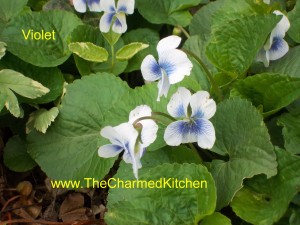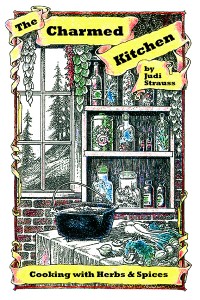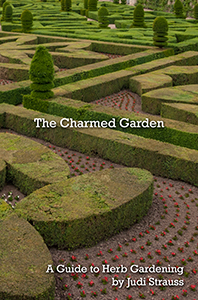Eat Those Flowers
Since I did a post recently on poisonous plants, including some flowers that you should not eat, I thought I would share a list of some flowers you can eat. I enjoy cooking with flowers. I try to make as much of my yard edible as I can. Edible flowers are a big part of the edible landscape. I often add them to salads, infuse vinegars and make jelly with them. They have different flavors, too. Some have barely any taste, some taste the way they smell, and some have a spicy bite. You can use them to decorate cakes or other desserts, in salad dressings and marinades, floating in tropical cocktails, in punch bowls and in ice cubes. Flowers can also top off dips, cheese and fruit trays and other appetizers, be used to make teas, infused in honey or mixed with soft cheese and spread on crackers or toast. Add flowers to baked goods like quick breads, cookies and muffins or add to yogurt, cottage cheese or sorbet. Whenever your food needs a little color or flavor, flowers make it special. This is not meant to be a complete list, but a nice place to start. Be sure you know what you are eating-and only eat flowers that have been grown pesticide free.
Some Edible Flowers
Calendula, Chives, Daylily, Mint, Nasturtium, Pansy, Rose, Sage, Signet Marigold, Squash Blossoms, Anise Hyssop, Apple, Arugula, Basil, Bee Balm, Borage, Broccoli, Chamomile, Chicory, Chrysanthemum, Coriander, Dandelion, Dianthus, Dill, Elderberry, English Daisy, Evening Primrose, Fennel, Garlic Chives, Hibiscus, Honeysuckle, Hyssop, Jasmine, Johnny-Jump-Up, Lavender, Lemon, Lilac, Linden, Marjoram, Mustard, Nodding Onion, Okra, Orange, Oregano, Pea, Pineapple Guava, Pineapple Sage, Radish, Red Clover, Redbud, Rose of Sharon, Roselle, Rosemary, Runner Beans, Sage, Safflower, Scented Geraniums, Shungiku, Society Garlic, Sunflower, Sweet Woodruff, Thyme, Tuberous Begonia, Tulip, Violet, Winter Savory, Yucca





